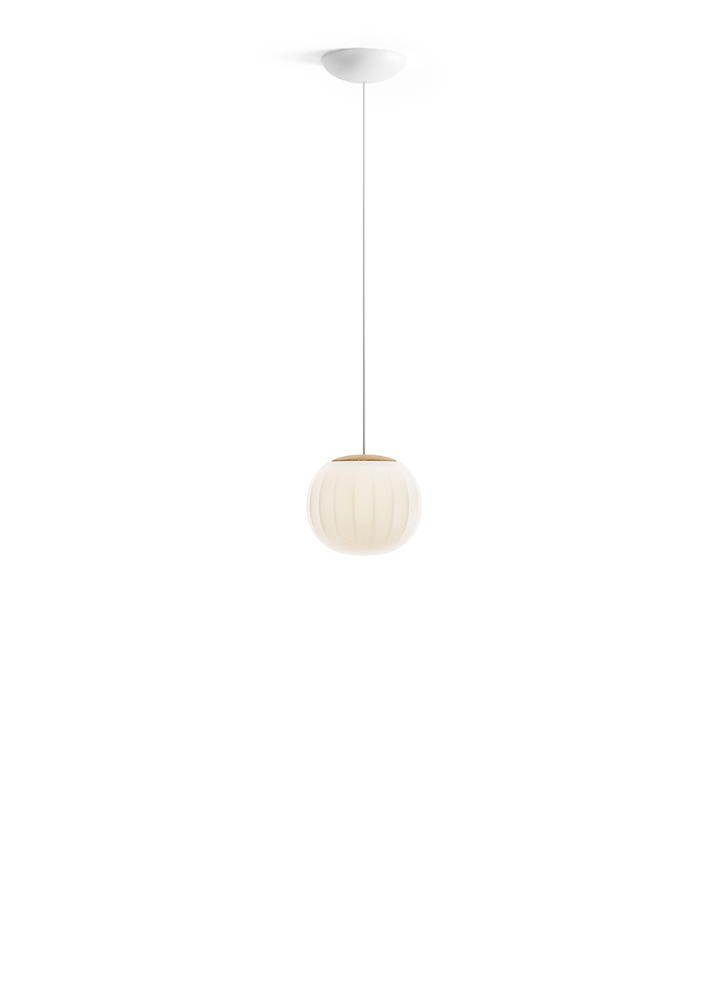LitaSospensione
designed by David Dolcini
Il diffusore in vetro soffiato opalino – la cui superficie è scandita dalla ripetizione di lievi cuspidi verticali che svaniscono ai poli – si sposa con la struttura in legno, rendendo Lita un prodotto dalla forte componente materica.
Un oggetto atemporale ed evocativo che unisce tradizione artigianale e ricerca tecnica, incantando per la consonanza tra percezioni visive e tattili.
Lita è disponibile con un finitura ottone per la struttura che aggiunge un tocco raffinato al prodotto.
D92S14
Lita ø 14 cm

D92S14
Lita ø 14 cm
Specifiche principali
| Typology | Sospensione | ||
|---|---|---|---|
| Application | Interno | ||
| Material |
|
||
| Finishes |
|
||
| Dimensions (mm) | H min 300-max 3000, D ø 140 (diffuser) | ||
| Weight (kg) | 1.22 | ||
| Light Source | max 4W LED G9 | ||
| Insulation Class | I |
D92S18
Lita ø 18 cm

D92S18
Lita ø 18 cm
Specifiche principali
| Typology | Sospensione | ||||
|---|---|---|---|---|---|
| Application | Interno | ||||
| Material |
|
||||
| Finishes |
|
||||
| Dimensions (mm) | H min 300-max 3000, D ø 180 (diffuser) | ||||
| Weight (kg) | 0.4 | ||||
| Light Source | max 4W LED G9 | ||||
| Insulation Class | I |
D92S30
Lita ø 30 cm

D92S30
Lita ø 30 cm
Specifiche principali
| Typology | Sospensione | ||||
|---|---|---|---|---|---|
| Application | Interno | ||||
| Material |
|
||||
| Finishes |
|
||||
| Dimensions (mm) | H min 300-max 3000, D ø 300 (diffuser) | ||||
| Weight (kg) | 0.51 | ||||
| Light Source | max 16W LED E27 | ||||
| Insulation Class | I |
D92S42
Lita ø 42 cm

D92S42
Lita ø 42 cm
Specifiche principali
| Typology | Sospensione | ||||
|---|---|---|---|---|---|
| Application | Interno | ||||
| Material |
|
||||
| Finishes |
|
||||
| Dimensions (mm) | H min 300-max 3000, D ø 420 (diffuser) | ||||
| Weight (kg) | 1.42 | ||||
| Light Source | max 16W LED E27 | ||||
| Insulation Class | I |















